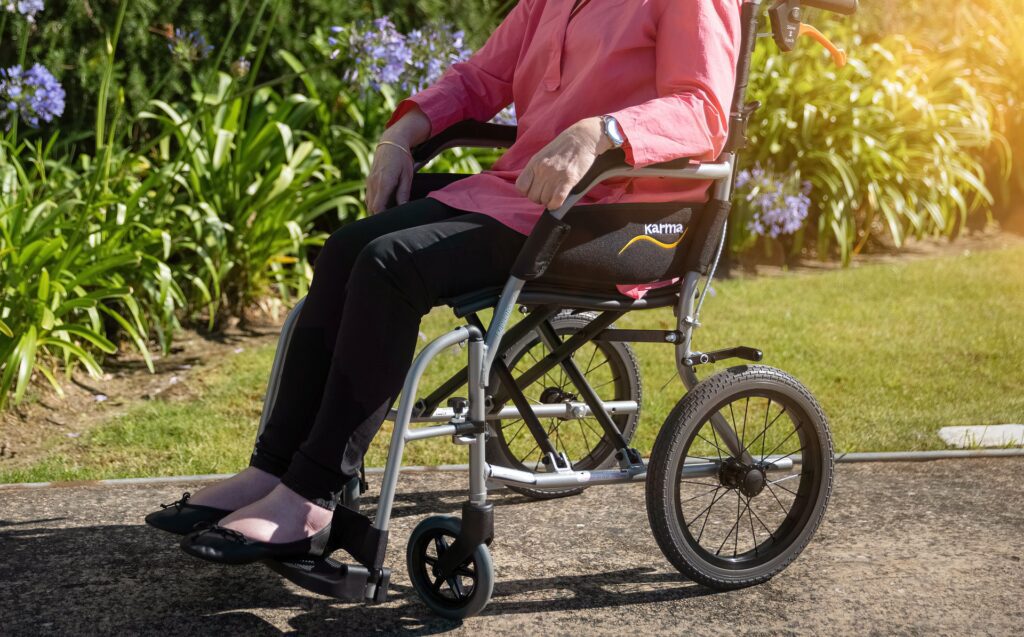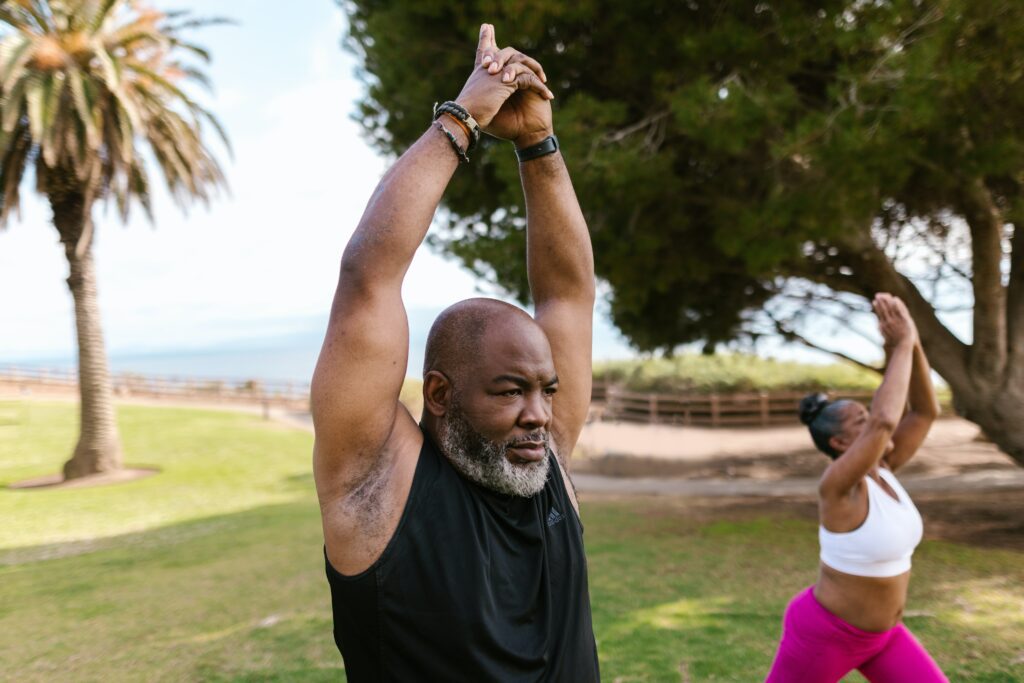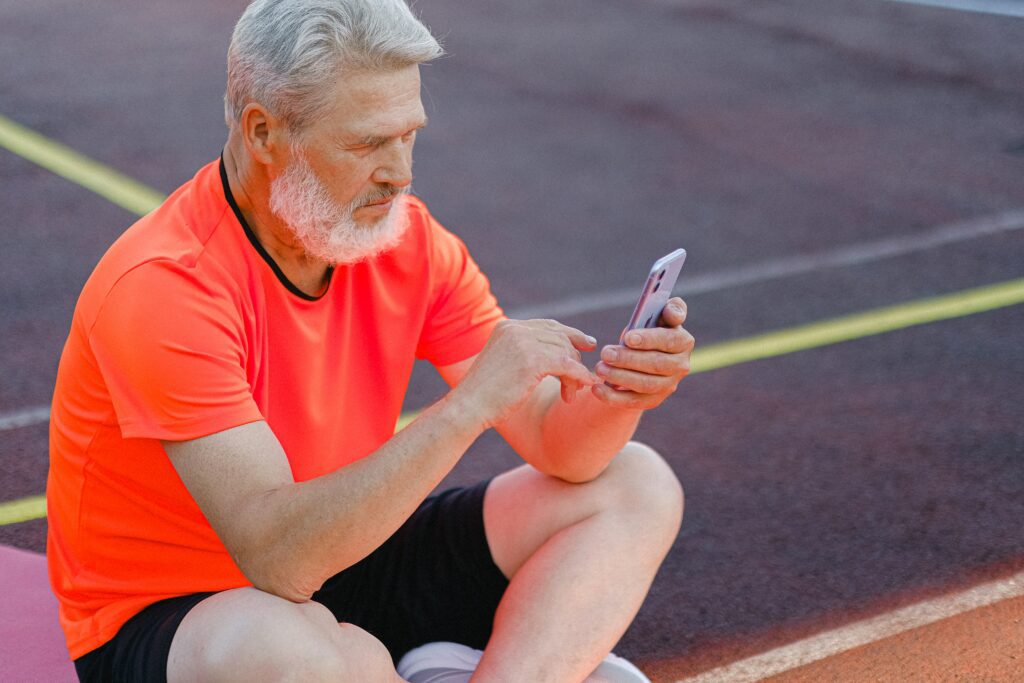Mobility Management: A Complete Guide For Seniors
Numerous individuals are concerned that as they age, they won’t be able to move around. They worry that they will need help to carry on with their chosen pursuits, go to their preferred destinations, or manage daily responsibilities.
We must be equipped to envision mobility in a way that applies to all older persons, regardless of housing situation or functional capacity, because mobility is profoundly vital to older adult’s ability to maintain their physical and mental health.
We’ll therefore provide you with all the information you require in this article, including its deeper comprehension regarding the importance of regaining mobility for seniors, advantages, signs, steps to take, and resources that may be beneficial should you need to employ mobility management in the future.
What is Mobility Management?
Mobility management can be widely defined as creating and managing mobility options. Exercises that improve strength, balance, and coordination in the right combination are an integral part of mobility management which directly enhances mobility in the aged.
Mobility management significantly improves a quality of life, which includes social interactions, mental health, and the ability to age in place without any concerns.
It also improves their general health. Additionally, it improves balance, coordination, and focus, all of which contribute to a higher quality of life.
Purposes
Seniors must manage their mobility to keep their independence and engage in more physical activities. In addition to improving balance, coordination, and focus, it also results in increased confidence, good heart condition, injury resistance, and mental clarity.
Being mobile has advantages that go beyond its tangible health effects. More movement makes you feel better on the inside. Your intellect and self-esteem also feel excellent, in addition to your physical well-being. Seniors who don’t exercise enough risk falling and deteriorating physically.
Some degree of mobility loss may occur as people age. The aging of the bone structure brings it on.
However, consistent physical activity can help elderly maintain and enhance their mobility by promoting strength, balance, and coordination.
Benefits
Mobility is crucial for keeping strong muscles, lowering the risk of breaking bones, and living independently. Other benefits of mobility plan for seniors include the following:
- Improved quality of life through continued freedom and physical activity.
- Improved mental health, injury resistance, and self-confidence.
- Seniors with limited mobility and joint pain may allow their weight to spiral out of control, resulting in obesity and excess weight.
- Seniors can maintain or decrease weight by being more mobile and physically active, having a nutritious diet, and getting enough rest.
- Seniors in good bodily and mental health may value possibilities for greater independence and self-care.
- Seniors frequently feel they are reenergized to do things independently or with limited support, from cooking to household chores and responsibilities. By doing so, less care in assisted living may be required.
What Leads to Mobility Loss?
Aging-related changes might affect a person’s mobility or capacity to move around. Uncontrollable shaking when walking, trouble getting in and out of a chair, or falls are all mobility issues. Illnesses like muscle weakening, joint issues, pain, disease, and neurological issues may exacerbate mobility issues in elderly individuals.
Sometimes several small issues come together at once and substantially impair movement.
A study on mobility issues in older persons found that various health hazards can hinder mobility.
- Low level of exercise
- Impaired strength or balance
- Overweight or obesity
- Chronic illness
Navigating these health concerns in light of mobility loss can be difficult because they can be cyclical.
In turn, having a pre-existing ailment like obesity might make a person less mobile, resulting in decreased physical activity.
Elderly Mobility Problems: Warning Signs & Actions To Consider
Factors Affecting Mobility
Mobility is the ability to move independently within social situations extending from one’s home to the neighborhood and beyond. This skill can be demonstrated by walking, utilizing assistive equipment, or using a vehicle. We now go over the elements that affect a people’s mobility.
- Growth and Development
Age and the development of the musculoskeletal and neurological systems have an impact on a person’s posture, body proportions, mass, and movements. Infants move in unpredictable ways. Muscle strength and bone density decline with age, joints become less flexible, and bone mass declines, especially in women who have osteoporosis. Posture, gait, and balance in older persons are all impacted by these changes.
- Sex
The typical biomechanics of men and women differ for various reasons. Sex significantly impacts skeletal geometry, muscle mass, and structural architecture, impacting how external pressures are transferred throughout the body. In addition, the reason one sex is more likely to sustain an injury than the other may be influenced by hormones, sociocultural variables, and exercise habits.
- Nutrition
- Both undernutrition and overnutrition can influence body alignment and mobility.
- Poorly nourished people may have muscle weakness and fatigue.
- Vitamin D deficiency causes bone deformity during growth.
- Inadequate calcium intake and vitamin D synthesis and intake increase the risk of osteoporosis.
- Obesity can distort movement and stress joints, adversely affecting mobility.
Aged Mobility Troubles: Warning Signs
You could note that people’s mobility starts to decline as they age. It is really common and typically just one of the problems with becoming older. It can, however, be extremely distressing. Even seemingly insignificant challenges and even emotional changes for your older relative might significantly impact their quality of life.
Mobility concerns may also indicate more significant health issues, so it’s crucial to always be on the lookout for issues and act quickly to address them.
Several symptoms you might watch out for in your older relative could signal the beginning of a problem. These consist of the following:
- Having trouble balancing, such as having trouble walking steadily
- Having trouble rising from a chair or sitting down
- Having trouble ascending or descending the steps
- Potential issues could also be more subtly manifested, such as a decline in personal hygiene standards, or you might observe a decline in the home’s cleanliness due to their diminished cleaning abilities.
Mobility Management Implementation
Older persons should concentrate on physical activities supporting strength, balance, flexibility, and endurance to retain mobility. The workouts listed below can be performed at home or outside without special equipment.
- Walking
- Stretch with Low-Back Rotation
- Semi-Sits
- Stair Climb
- Planks
Physical activity can be attained in various ways, from taking regular walks to engaging in lightweight exercises, depending on a person’s health situation.
Nurses and caregivers will also work one-on-one with clients who need specialized care.
Maintaining Mobility
According to the Bone and Joint Surgery Clinic, age-related physiological changes to our muscles, bones, and joints limit movement and may eventually impact our freedom. The health of your muscles, bones, and joints can be supported by daily exercise, weight management, and a balanced diet that includes adequate protein, vitamins D and C, and calcium.
A person’s well-being can be significantly impacted by a decline in Mobility, particularly if it makes it difficult for them to engage in their favorite activities, go on social outings, or maintain independence. Key methods for resolving the problem include:
- Protein consumption at the daily recommended level is crucial for maintaining muscle mass and strength. Older persons need to consume more protein. Make sure you’re getting enough micronutrients like vitamins and minerals.
- Regular exercise, particularly weightlifting and other resistance training, can assist in maintaining muscle mass.
- Maintaining the ideal weight for your height and age is part of weight control.
In a sane world, performing physical activity would be a regular part of every person’s daily routine. Health professionals know this is rare in actual practice. As people get older, it’s critical to be aware of oneself and respond when symptoms of mobility impairment emerge.
Impact of COVID-19 on the Mobility of the Elderly
According to the study of Marla K Beauchamp (2021), given that older adults are more likely than younger people to experience the negative effects of social isolation, such as worsening physical conditions, neurocognitive dysfunction, depression, falls, and increasing frailty, this continued isolation is especially problematic.
People with confirmed or probable COVID-19 had a higher likelihood of worsening mobility regarding their ability to perform household tasks. Since the epidemic, there has been a lack of exercise or physical activity, which increases the risk that an individual will have age-related mobility loss.
How Do You Help Someone Immobile?
The decline in movement that occurs as people age is exceedingly common in the elderly. It is why you need to be aware of the contemporary techniques and products that merely make moving loved ones between locations simpler and safer. It will ensure that you are knowledgeable and ready to help elderly family members experiencing mobility issues.
So how can we assist the elderly who are not very mobile?
Stimulation of physical activity is one of the most crucial things you can do to assist someone with mobility issues and a fear of falling. Assist with transfers and mobility. It’s important to watch for signs of mood and body language from your loved one, especially if they don’t want to talk about their feelings. Motivate them to speak up by asking them to do so and inviting them to do so.
A smart method to ease your load is to reach out to other family members. A good strategy is to set up a schedule where other people can frequently visit to assist, keep them company, etc.
Seniors’ Best Mobility Workout
You must incorporate stretching and warm-up exercises into your strength training regimen. Stretching eases discomfort and increases flexibility, while a decent warm-up lessens the possibility of muscle pulls and strains during exercise.
Squats are crucial strength training exercises that improve mobility in older adults by maintaining the strength of their legs and trunk, enabling them to get up from their chairs or couches.
Push-ups are a great exercise, especially for elderly people who are prone to falling. It’s true that strength training is a dynamic process. However, a successful strength training regimen is one that yields outstanding outcomes.
Types of Mobility Aids
Older persons who were once physically fit may develop health ailments or problems that can limit their mobility as they age. They must rely on walking aids to go around safely, and these aids are essential for preserving balance and preventing falls.
Listed below are the best types of mobility aid for the elderly.
- Scooters: Scooters can go over a wider variety of terrain than motorized wheelchairs, they struggle more in confined spaces.
- Wheelchair: Wheelchair is another mobility aid that is useful, especially for those who shouldn’t place weight on their lower bodies.
- Walkers: People with lower limb disabilities need a walker to move about and keep their balance.
- Canes: Canes are suitable for elderly people with minor to moderate mobility difficulties. It can add to your sense of balance when you’re walking and significantly lessen joint pressure.
- Rollators: The most popular mobility aid today is the rollator, a wheeled walker with seats and hand brakes.
Must Read: Equipment Used For Easy Mobility
Benefits of Elderly Mobility Exercises
Exercise has been demonstrated to promote social connections, lessen the risk of falls, improve mental health and well-being, and improve cognitive performance in the aging population.
By stretching and doing a light aerobic activity, you may keep a healthier heart without putting too much on it. Additionally, it enhances circulation, which supports good heart and blood pressure health.
You’re more likely to keep active interactions with friends and loved ones when you can get up and move. Regular physical activity and fine-tuned motor abilities boost cognitive function. No matter when you start a habit, numerous studies indicate that physically active people have a lower risk of developing dementia.
Exercise with equipment also promotes strength and flexibility, which also help improve balance and coordination, minimizing the risk of falls.
Wrap Up
Common mobility concerns may cause some discomfort and appear inescapable. However, with caution and the right guidance, older folks can now postpone the beginning of these issues.
Regardless of what is causing the aches, pains, restricted range of motion, and stiffness, nobody should let their mobility problems make them feel helpless when a better quality of life is only around the corner. A more active lifestyle and improved mobility significantly improve our quality of life. Exercise can be started at any age; it is never too late for elders.
Further Readings
What Condition Most Commonly Causes Decreased Mobility in Older Adults






